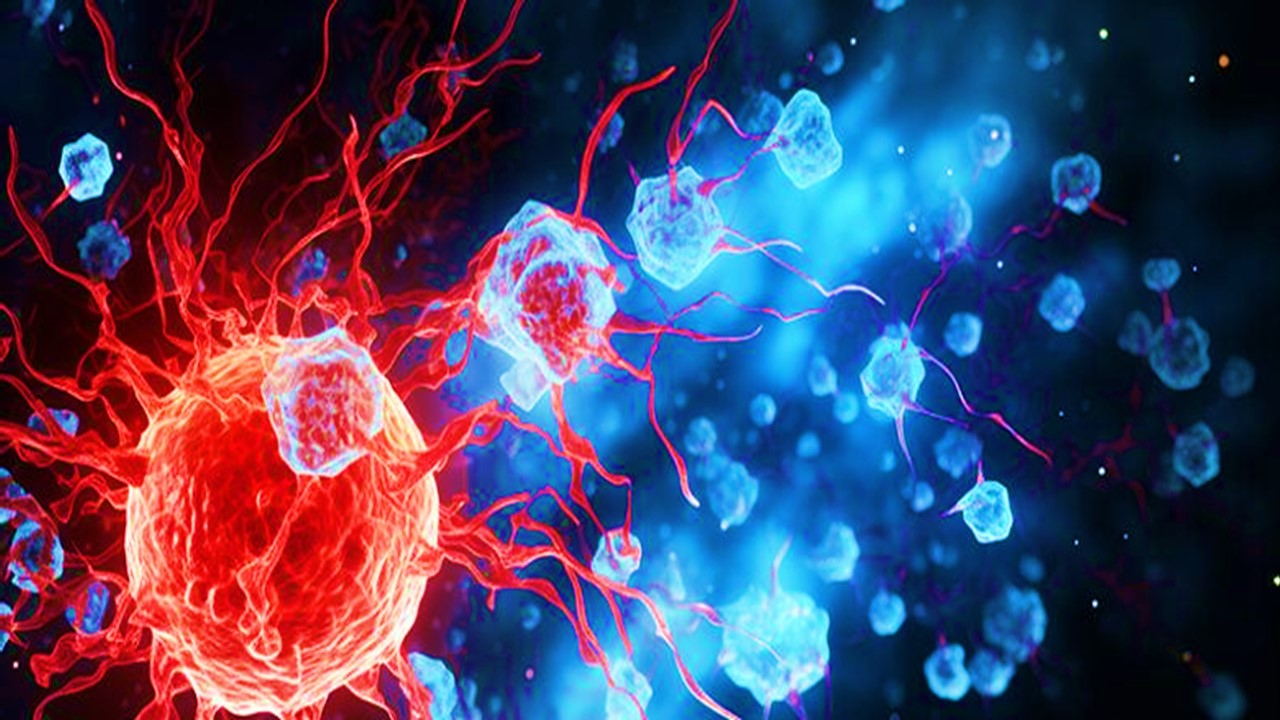Scientists have long been intrigued by the complexities of single-cell behavior, particularly the secretion of proteins and other molecules that can influence cell-to-cell communication, immune responses, and disease progression. However, traditional methods for measuring secretions have been limited by low sensitivity, poor spatial resolution, and the inability to monitor multiple cells simultaneously. Fortunately, a recent breakthrough in nanotechnology and bioengineering has opened up new avenues for studying the dynamic world of single-cell secretions.
The Problem with Traditional Methods
In order to understand the significance of the new approach described in the Nature Biomedical Engineering study, it is important to first examine the limitations of traditional methods for measuring single-cell secretions. One common approach is to use microfluidic devices, which allow for precise control over the cellular microenvironment and can capture small amounts of secreted molecules for analysis. However, these devices are often limited by low throughput and poor spatial resolution, making it difficult to study large populations of cells or visualize secretion patterns at the individual cell level. Other methods, such as enzyme-linked immunosorbent assays (ELISAs) or mass spectrometry, require the collection of bulk samples, which can obscure important information about individual cells or subpopulations.
Introducing Plasmonic Microwell Arrays
In their paper, the scientists proposed a novel method for plasmonic microwell array-based single-cell secretion monitoring. These arrays are made up of tens of thousands of extremely small wells that are each covered in a thin layer of gold nanoparticles and have a diameter of only a few microns. One of the wells can release chemicals that attach to the gold nanoparticles, changing the wavelength of light reflected by the array when a cell is present. The researchers were able to trace the secretion patterns of individual cells with high spatial and temporal resolution by analyzing these variations in real time using a specialized microscope.
Advantages of Plasmonic Microwell Arrays
Plasmonic microwell arrays have the potential to simultaneously monitor secretions from many cells without the need for costly or time-consuming sample preparation, which is one of their main advantages. As a result, it is possible to examine huge cell populations and spot subpopulations that could have various secretion patterns. Additionally, the arrays’ ease of fabrication and relative simplicity make them suitable for a variety of applications, from fundamental study to medical diagnosis.
Applications of Plasmonic Microwell Arrays
The Nature Biomedical Engineering study demonstrates several potential applications of plasmonic microwell arrays for studying single-cell secretions. For example, the researchers were able to use the arrays to monitor the secretion patterns of immune cells in response to different stimuli, providing new insights into the complex mechanisms underlying immune responses. They also showed that the arrays could be used to detect changes in secretion patterns in response to drugs or other interventions, which could have important implications for drug development and personalized medicine.
Future of Single-Cell Analysis
It is obvious that plasmonic microwell arrays have the potential to transform our understanding of single-cell activity and open up new paths for drug development and customized therapy, even though further study is need to properly investigate the potential applications of this technology.
The study shows the effectiveness of integrating nanotechnology and bioengineering to tackle persistent problems in the area of single-cell analysis. Plasmonic microwell arrays represent a significant improvement in our capacity to track single-cell secretions in real time and have significant potential applications in a variety of areas, including immunology and drug discovery. In the coming years, we may anticipate even more interesting advancements as the field of single-cell analysis develops.
Study DOI: 10.1038/s41551-023-01017-1
Article Banner Credit: Single cell microwell array © BIOS EPFL. Credit: © BIOS EPFL.
Subscribe
to get our
LATEST NEWS
Related Posts

Immunology & Oncology
The Silent Guardian: How GAS1 Shapes the Landscape of Metastatic Melanoma
GAS1’s discovery represents a beacon of hope in the fight against metastatic disease.

Immunology & Oncology
Resistance Mechanisms Unveiled: The Role of Glutathione S-Transferase in Cancer Therapy Failures
Understanding this dual role of GSTs as both protectors and accomplices to malignancies is central to tackling drug resistance.
Read More Articles
Myosin’s Molecular Toggle: How Dimerization of the Globular Tail Domain Controls the Motor Function of Myo5a
Myo5a exists in either an inhibited, triangulated rest or an extended, motile activation, each conformation dictated by the interplay between the GTD and its surroundings.
Designing Better Sugar Stoppers: Engineering Selective α-Glucosidase Inhibitors via Fragment-Based Dynamic Chemistry
One of the most pressing challenges in anti-diabetic therapy is reducing the unpleasant and often debilitating gastrointestinal side effects that accompany α-amylase inhibition.













